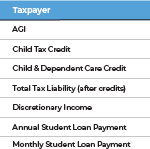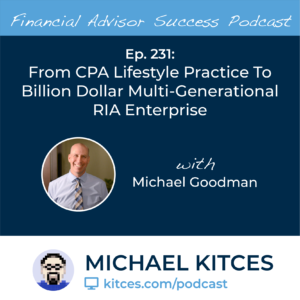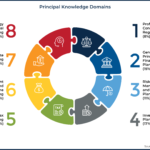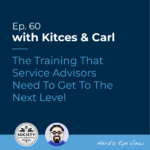
Beginning on March 20, 2020, most Federal student loan borrowers were given a break from having to make student loan payments, with interest rates set to 0% and no payments required. This policy began as an Executive Order, was then included in the CARES Act, and was repeatedly extended by both the Trump Administration and the Biden Administration. However, the payment and interest freeze is scheduled to sunset on September 30, 2021, and millions of borrowers will once again be required to make monthly student loan payments.
The resumption of student loan payments will be a significant change for many borrowers’ finances. It not only impacts cash flow but may also impact their preferred tax filing status, where they choose to keep their retirement savings, etc. In addition, many borrowers have had significant changes, both positive and negative, in their financial lives since the payment freeze began, so the best strategy to pursue after the repayment freeze ends may very well have changed. And with the resumption of payments for so many borrowers happening all at once, getting a plan in place and implemented well ahead of the September 30 end date is vital.
Borrowers on Income Driven Repayment (IDR) plans have many planning opportunities to consider. Both the timing of their income certification and their 2021 tax filing status could be set up strategically to minimize student loan payments. Especially since the popular strategy of Married Filing Separately to minimize payments may no longer be as appealing for families with young children, due to the American Rescue Plan’s changes to the Child Tax and Dependent Care Credits for 2021 (which are reduced or lost altogether for couples who file separately, and which have become fully refundable).
In addition, borrowers who may previously have been pursuing forgiveness strategies (e.g., deliberately minimizing payments to maximize their loan balance in anticipation of future Public Service Loan Forgiveness or IDR forgiveness) may now be able to pay their loans to $0, while others may have had a career change that makes them eligible for forgiveness programs they previously did not have access to. Borrowers should not assume that the student loan plans they had pre-pandemic still apply, and advisors can play a key role in helping them think about the moving pieces and how best to manage the tradeoffs involved.
Broad student loan cancellation of some amount has also gone from being a ‘pipe dream’ to having realistic odds of passing in the coming months. While this is far from certain, and many of the policy details are still unresolved, it is on the minds of many borrowers who don’t exactly want to accelerate debt repayment only to find out it would have been forgiven by waiting just a few months. For some borrowers, this may mean making at least a small bet on forgiveness, opting to pay some interest now in hopes of forgiveness, even if they have the cash to pay off their loans in one lump sum today. Other borrowers may decide to just wipe out their loans with the cash they’ve saved during the pandemic, simply to eliminate the debt (and its future interest and payment obligations).
Ultimately, though, the key point is simply that with tens of millions of student loan borrowers due to ‘suddenly’ begin repayments in October, a flood of service requests is likely to come soon to loan servicers. Which means those who are considering potential changes to their student loan strategies, from altering their tax filing status to accelerating (or not) their income recertification, need to be evaluating their plans now, including a consideration of how those plans might be adjusted if at least some level of student loan forgiveness does, in fact, come to pass!


 Welcome back to the 235th episode of the Financial Advisor Success Podcast!
Welcome back to the 235th episode of the Financial Advisor Success Podcast!









